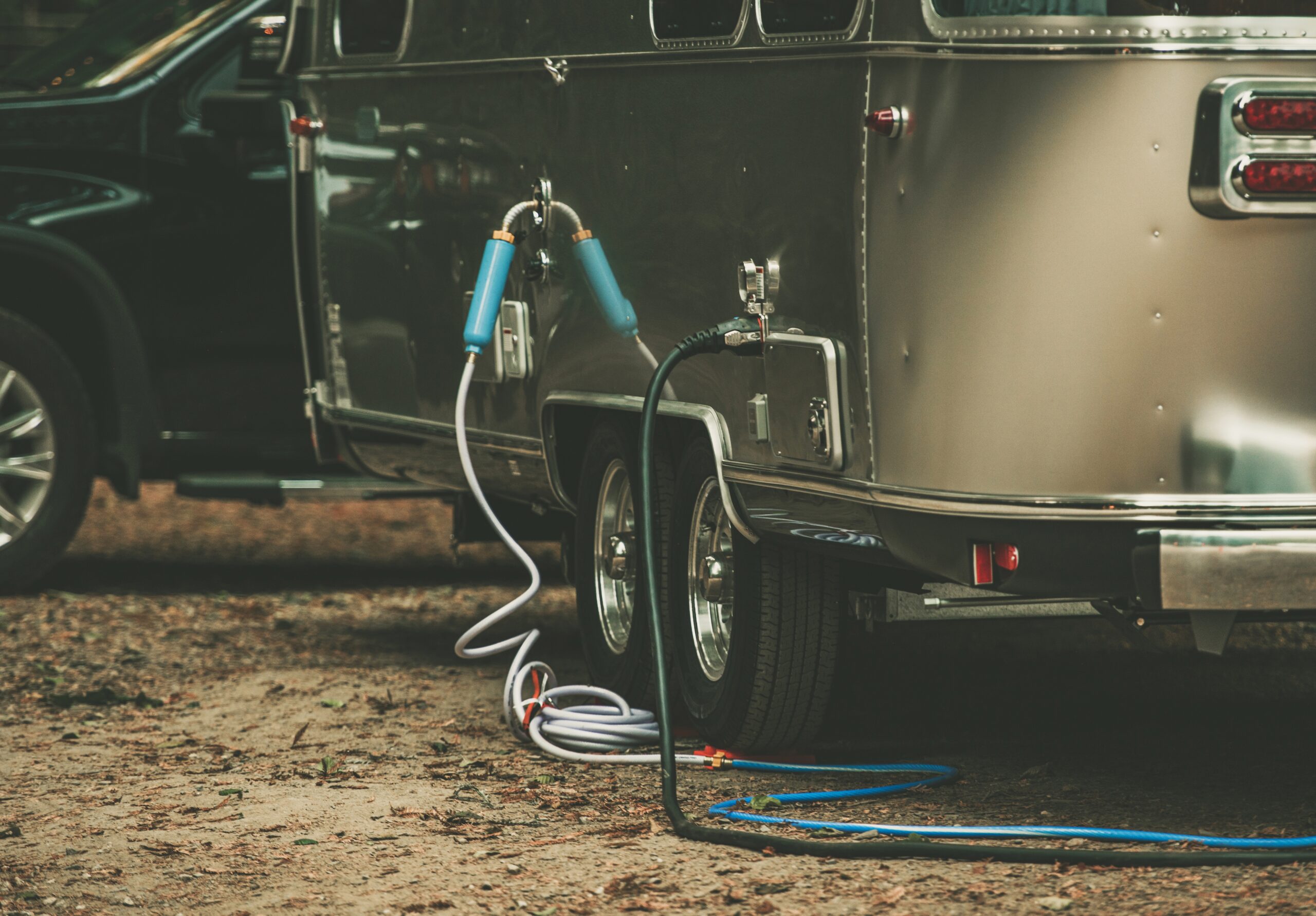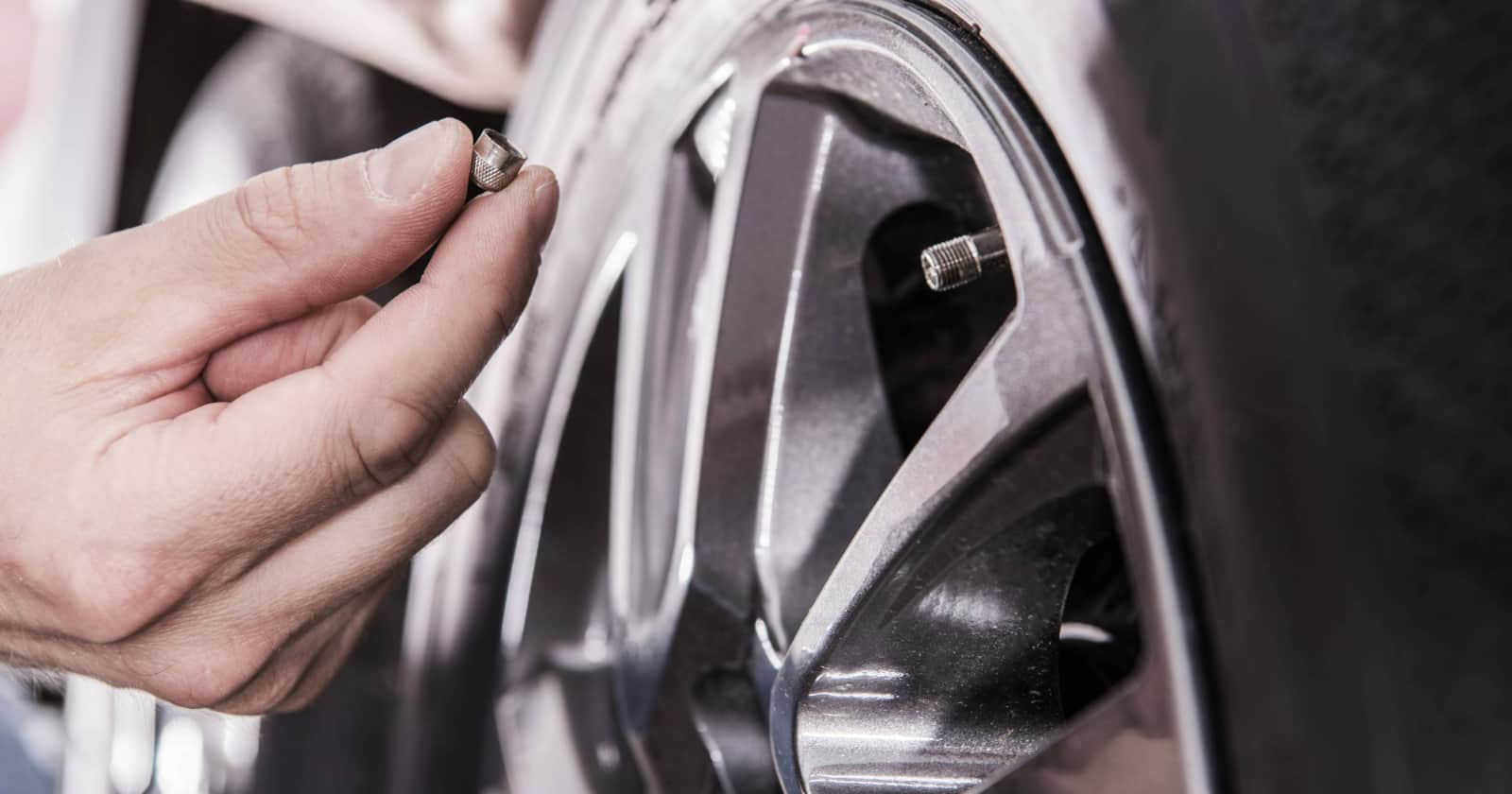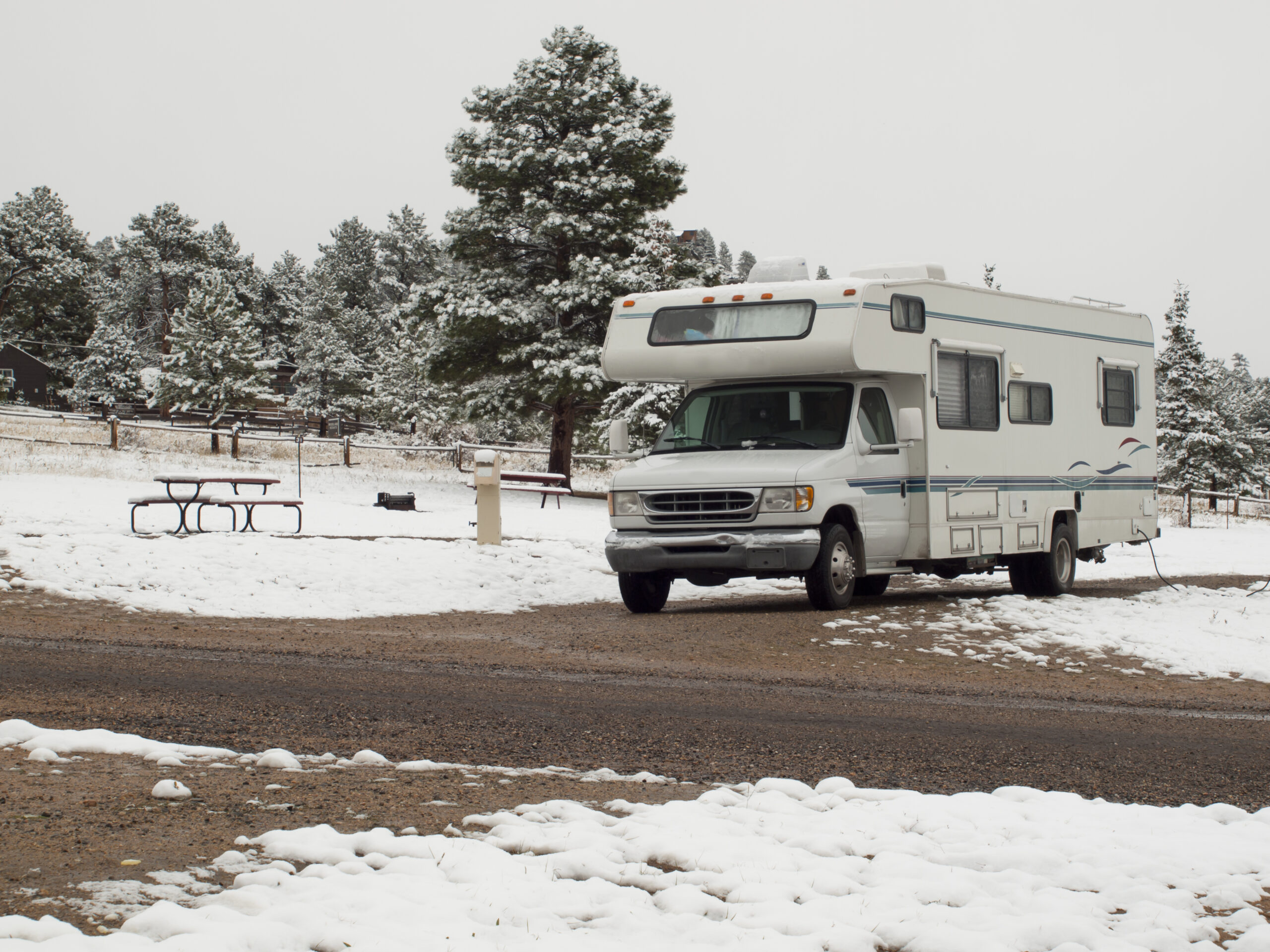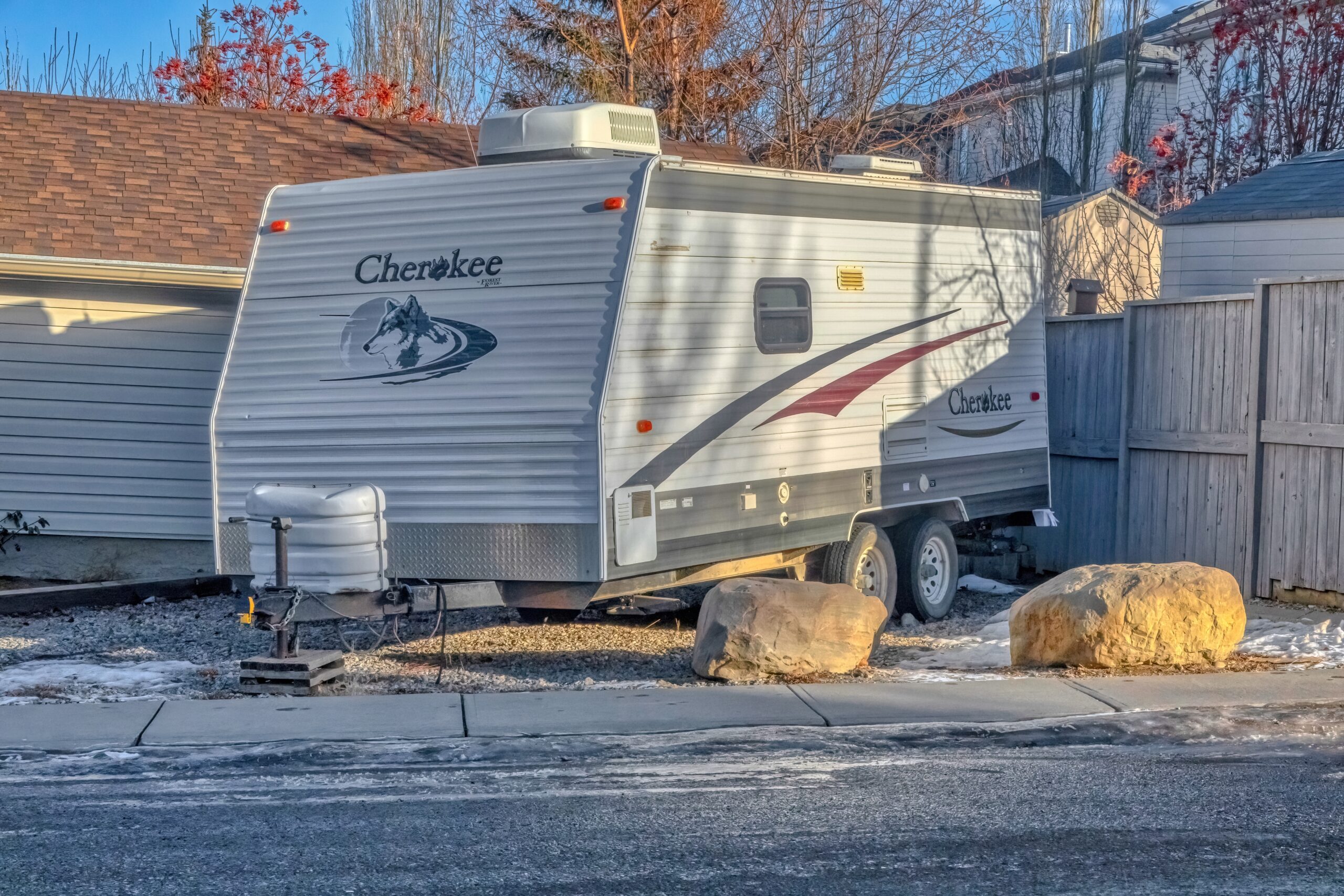
How To Blow Out RV Water Lines Using An Air Compressor
Do you know how to blow out RV water lines? If you are new to RVing, you probably don’t know how or even why you would want to do so. There are several reasons why you need to know how to blow out RV water lines; the number one reason is to protect your freshwater lines from rupturing due to the expansion of freezing water.
“Whether it’s because you’re ready to winterize your RV or you simply want to flush your water pipes and start fresh, every RV owner should know how to blow out RV water lines properly.” says RV blogger Aaron Richardson
What you need to blow out your RV water lines
A blow out plug
A blow out plug is basically an adapter that allows you to connect an air hose from your air compressor to the city water inlet on your RV. There are two types of blow out plugs:
1. Ones that will allow the blow out plug to couple to the end of the air hose from your air compressor. For easy and convenience, this is the recommended type of blow out plug.
2. Ones with a valve stem. These require someone to hold/depress an air chuck connected to an air compressor onto the blow out plug.
An air compressor
The key thing to know about how to blow out RV water lines is selecting an air compressor that can supply a large volume of air while you are blowing out water lines. Remember, it’s all about the volume of air, not pressure.
Most RVers recommend an air compressor with a reserve tank of at least 10 gallons. See our previous article here to learn more about the best air compressor size for winterizing an RV.
How to blow out RV water lines
- Safety first: Turn off your water heater and allow the water within the tank to cool to avoid burns. If your water heater also heats with electricity, make absolutely certain that the 120 VAC electricity has been turned off (and will remain off) to the water heater before draining the tank. An unsubmerged electric water heating element will quickly burn out.
- Remove and bypass any inline water filters.
- Screw the blow out plug into the city water inlet.
- Set the air pressure of the air compressor in the range of 30-40 PSI to avoid damaging your water lines with excessive pressure. You may also use an inline air pressure regulator to reduce the air pressure to an acceptable level.
- Connect the hose from the air compressor to the blow out plug.
- Open one faucet at a time until no more water is being blown out of the faucet. Do this for both the hot and cold sides of the faucet. When both sides of the faucet are free of water, close the faucet and move onto the next faucet.
- Repeat the above to all the other faucets in the RV including the outside shower if so equipped.
- Blow the water out of the toilet valve by depressing the flush mechanism until there is no more water being blown out.
- If your RV is equipped with an ice maker or clothes washer, be sure to blow those out as well following the manufacturer’s instructions.
Other reasons you should know how to blow out RV water lines
- In the spring, you can use compressed air to blow antifreeze out of your water lines in preparation for your first RV trip of the season.
- Knowing how to connect compressed air to your RV’s freshwater system is also useful in checking and locating water leaks. Pressurize the water system with compressed air and leave it overnight. If the system is still pressurized the next day, your freshwater system is leak-free. If there is no pressure remaining, you most likely have a leak. To find the leak, reconnect compressed air to the system and listen for escaping air (hissing) indicating the location of the leak.
For additional tips, watch this video from To Wander Freely entitled “How to Blow Out RV Water Lines”:
Make sure you keep track of all your RV maintenance and repairs with an online tool such as RV LIFE Maintenance. Not only can you keep all of your documents in one place, but you’ll also receive timely reminders when maintenance is due to help you avoid costly repairs and potentially serious accidents.
Read more: How To Winterize An RV Without Antifreeze



